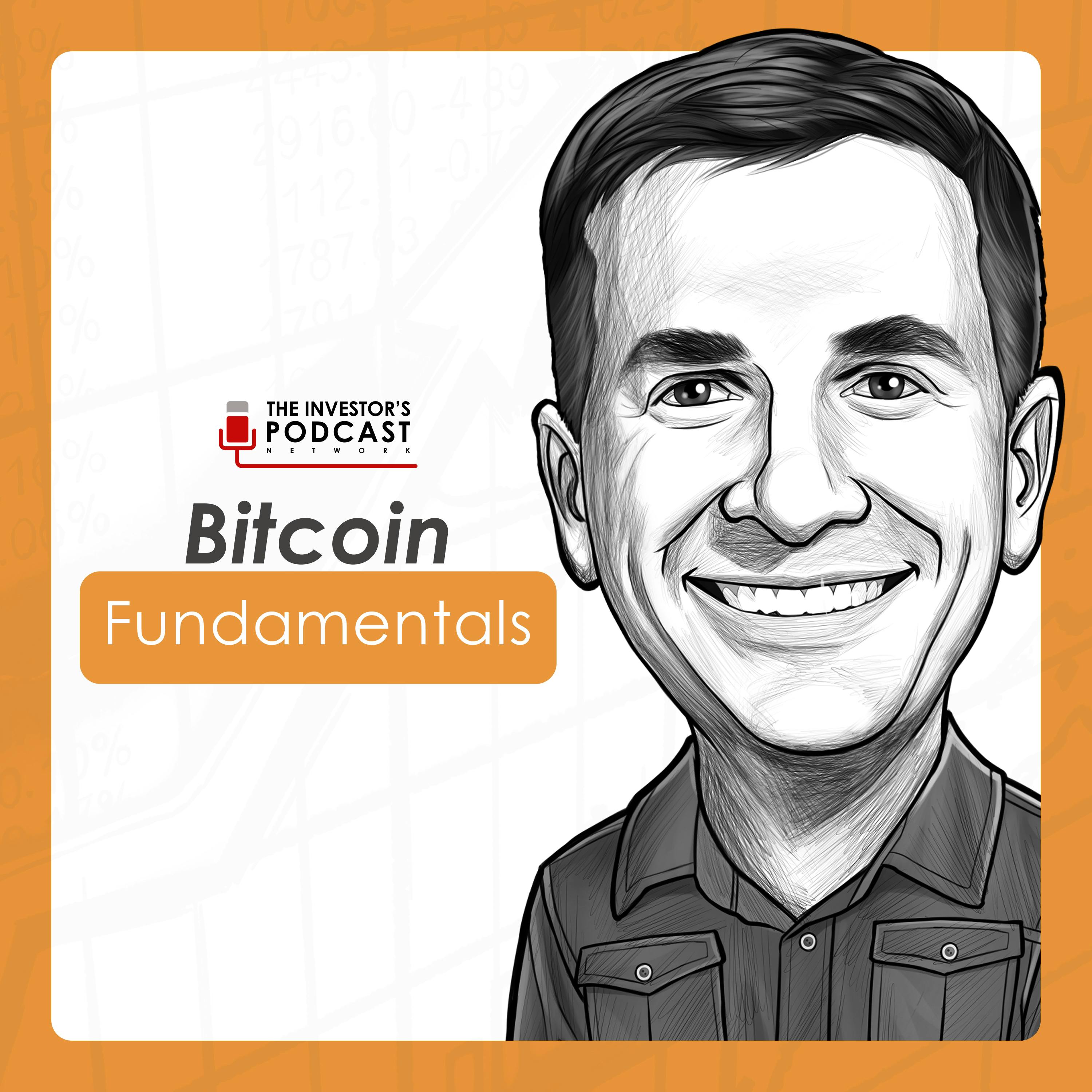
July 28, 2024 • 1hr 19min
TIP648: Essential Skills for Successful Investing w/ Ian Cassel
We Study Billionaires - The Investor’s Podcast Network

Key Takeaways
- Private investing requires careful consideration of capital needs, lifestyle, and risk tolerance. Ian Castle became a full-time private investor in 2009 with about $2 million in capital, which allowed him to withstand 50% drawdowns.
- Successful private investors need to align their strategy, spending, emotions and lifestyle. Castle lived frugally and flexed his spending based on market conditions to make his aggressive microcap investing strategy work.
- Finding actionable investment ideas before others is a key skill. Castle uses "brute force" methods like systematically reviewing all companies on certain exchanges, as well as screening, research, and networking.
- Valuation should focus on downside protection first. Castle looks for situations where he believes he can double his money in 3 years, but analyzes downside risk before upside potential.
- Holding stocks is one of the most important and difficult investing skills to master. Most microcap successes are companies that have a 1-2 year winning streak, so investors must be willing to sell when appropriate.
- There are four main reasons to sell a stock: 1) It goes up too far too fast, 2) You find a better investment, 3) The company underperforms and investment thesis cracks, 4) You lose trust in management.
- Perseverance and continuous evolution are critical for long-term investing success. Investors must guard against losing boldness and courage as they age and experience market cycles.
- Journaling investment decisions and doing "inertia analysis" can provide valuable insights into an investor's strengths, weaknesses, and biases over time.
Introduction
In this episode, host Kyle Grieve interviews Ian Castle, founder of Intelligent Fanatics Capital Management and MicroCapClub.com. Castle shares insights from his experience as a full-time private microcap investor from 2009-2018 and discusses the key skills he believes are necessary for successful stock picking.
Castle outlines six core skills for stock picking: identifying ideas, valuation, buying, holding, selling, and perseverance. He provides detailed explanations and examples for each skill based on his years of experience investing in microcap stocks.
Topics Discussed
Becoming a Full-Time Private Investor (2:15)
Castle explains the difference between retirement investing and being a full-time private investor:
- Retirement investing typically involves saving for decades and drawing down 3-4% per year in retirement
- Full-time private investing requires actively managing a portfolio to produce above-average returns to support oneself
- Private investors often take the leap sooner than they should and need higher returns
Castle shares that he became a full-time private investor in 2009 with about $2 million in capital. He emphasizes that the amount needed varies based on lifestyle and risk tolerance. For him, key factors included:
- Moving to a low cost-of-living area (Lancaster, PA) where he could live on $2,000/month
- Living very frugally and flexing spending up/down based on portfolio performance
- Having no debt and paying cash for large purchases
- Wanting enough capital to withstand 50% drawdowns (two consecutive 30% drops)
Castle notes: "To be a successful full-time investor, I found really your strategy, your spending, your emotions, your lifestyle all need to be in harmony so you can make it work."
Finding Investment Ideas (23:49)
Castle outlines his five favorite ways of finding investment ideas:
- Brute force methods - Systematically reviewing all companies on certain exchanges (e.g. going A-Z through London AIM or OTC markets)
- Fundamental screens - But warns against overly specific screens that reduce the universe too much
- Research - Often leads to finding interesting companies while researching something else
- Networking - Engaging with others on platforms like MicroCapClub
- Relationships - Long-term connections who know what you're looking for
He emphasizes the importance of being willing to sift through many companies to find hidden gems: "Your advantage is just your willingness to sift through a mountain of sand to find that small diamond."
Valuation Process (28:53)
Castle's valuation approach focuses first on downside protection:
- Looks for situations where he believes he can double his money in 3 years
- But first analyzes what the downside risk is before looking at upside potential
- Emphasizes the importance of management quality, especially for smaller companies
- Seeks "overqualified management teams that should be running much larger businesses"
He notes there's no one-size-fits-all valuation approach, but he prefers finding companies at single-digit P/E ratios that are poised for growth.
Buying Strategy (36:21)
Castle's buying approach depends on the liquidity profile of the company:
- For very illiquid stocks, may take a year or more to build a full position
- Willing to start small and average up over time as the company executes
- Not afraid to pay higher prices if the business fundamentals are improving
He emphasizes: "You can literally pay double your initial price and still be getting a better deal just because these businesses are growing so fast."
Holding Stocks Successfully (42:50)
Castle believes holding is probably the most important investing skill. Key points:
- Most microcap successes are companies that have a 1-2 year "winning streak"
- Very few microcaps deserve to be held for 5+ years
- Investors should be willing to sell when appropriate, not stubbornly hold forever
- Focus on a 2-3 year timeframe for investment theses
- Stay rational and be willing to cut losses when needed
He notes: "The biggest way to go broke is coffee canning a basket of microcaps."
Reasons for Selling a Stock (46:38)
Castle outlines four main reasons to sell a stock:
- It goes up too far too fast - When valuation gets stretched and priced for perfection
- You find a better investment - Replacing lower conviction ideas with higher ones
- The company underperforms - When the investment thesis starts to crack
- You lose trust in management - If they do something unethical or untrustworthy
He emphasizes: "Most successful investors are very ruthless to their adherence on their selling principles. When their principles are broken, they're gone."
Developing Perseverance as an Investor (56:48)
Castle discusses the importance of perseverance for long-term investing success:
- As investors age, boldness often gets "scared out of you" by market cycles
- Many long-time investors end up with overly conservative, boring portfolios
- It's crucial to keep evolving and growing as an investor
- Maintain curiosity and drive to keep producing outsized returns
He notes: "You can't let father time and the market kind of scare all of that courage out of you to where you can no longer pull the trigger and act on things that have the principles and values that you know you need to act on."
Journaling and Analyzing Investment Decisions (1:00:28)
Castle emphasizes the value of journaling investment decisions and doing "inertia analysis":
- Uses Journalytic to track predictions, trades, and emotions associated with decisions
- Also free-form journals thoughts on companies, conversations with management, etc.
- Inertia analysis involves comparing actual performance to a hypothetical portfolio with no changes
- Helps identify strengths, weaknesses, and biases in decision-making over time
He notes journaling is "necessary to becoming a better investor than where you were a year or two or three ago."
Conclusion
Ian Castle provides a wealth of insights from his experience as a successful microcap investor. He emphasizes the importance of aligning strategy, lifestyle, and risk tolerance when pursuing full-time private investing. Castle outlines six core skills for stock picking: identifying ideas, valuation, buying, holding, selling, and perseverance. He provides practical advice on each skill, from using "brute force" methods to find hidden gems, to focusing on downside protection in valuation, to being willing to sell when appropriate rather than stubbornly holding. Castle also highlights the value of journaling and analyzing investment decisions over time to continually improve as an investor. Overall, his approach emphasizes the need for discipline, continuous learning, and maintaining the right psychological approach to succeed in microcap investing over the long-term.









